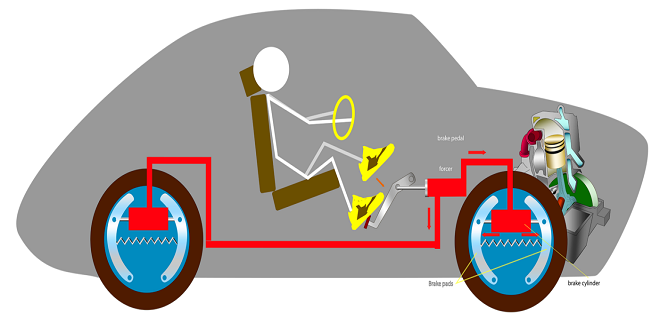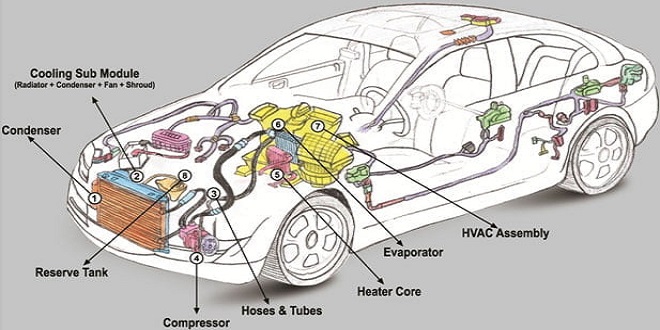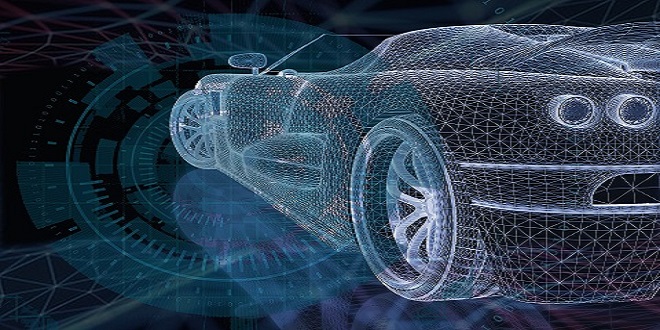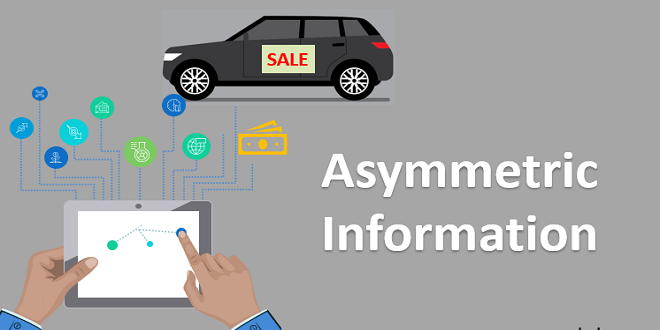Automatic transmission Braking effect

Introduction
The main aim of electronically controlled automatic transmission (ECAT) is to improve conventional automatic transmission in the following ways.
- Gear changes should be smoother and quieter.
- Improved performance.
- Reduced fuel consumption.
- Reduction of characteristic changes over system life.
- Increased reliability.
The actual operation of an automatic gearbox is beyond the scope of this book. However, the important points to remember are that gear changes and lock-up of the torque converter are controlled by hydraulic pressure. In an ECAT system, electrically controlled solenoid valves can influence this hydraulic pressure. Is a block diagram of an ECAT system.
A simple sensor determines the position of the accelerator and, taking into account other variables such as engine temperature and speed for example, the throttle is set at the optimum position by a servo motor. When accelerating, the increase in engine
Data from the sensors are used to reference a look-up table mainly as a function of engine speed and vehicle speed. Data from other sensors are also taken into consideration. Actual gear shifts are initiated by changes in hydraulic pressure, which is controlled by solenoid valves.
Control of gear shift and torque converter
The temporary reduction in engine torque during gear shifting (about 200 MS) allows smooth operation. This is because the peaks of gearbox output torque are suppressed, which causes the characteristic surge as the gears change on conventional automatics.
Feedback control
The ECU detects the deviation of the rotational speed of the input shaft from a target value and adjusts pressure to maintain fine control.
Completion control
Torque converter hydraulic pressure is reduced momentarily so that as the engine torque output control is released, the potential surge is prevented. Because of these control functions, smooth gear shifts are possible and, due to the learning ability of some ECUs, the characteristics remain constant throughout the life of the system.
Torque converter lock-up
The ability to lock up the torque converter has been used for some time, even on vehicles with more conventional automatic transmission. This gives better fuel economy, quietness and improved drivability. Lock-up is carried out using a hydraulic valve, which can be operated gradually to produce a smooth transition. The timing of lock-up is determined from ECU memory in terms of the vehicle speed and acceleration.
The use of integrated intelligent control of both the engine and transmission allows considerable improvements to the operation of automatic gearboxes. Improvements are possible to efficiency, performance and smoothness of operation. Extra facilities become available to the driver such as being able to select the desired mode of operation.
This can be a choice between, for example, performance and economy. The tie up between engine control and transmission control helps to illustrate how it is becoming more difficult to consider vehicle systems as isolated units and how more consideration must be given to the overlap of the system boundaries.
Other chassis electrical systems
Here are three electric power steering techniques. Replacing the conventional system pump with an electric motor whilst the ram remains much the same.
A drive motor, which directly assists with the steering and has no hydraulic components. Active steering in which the steering wheel is replaced with a joystick.
Last word
The first of these systems is popular, as the pump will only run when needed. This gives some savings in the fuel consumption and also allows the drive belt arrangement at the front of the engine to be simplified.





